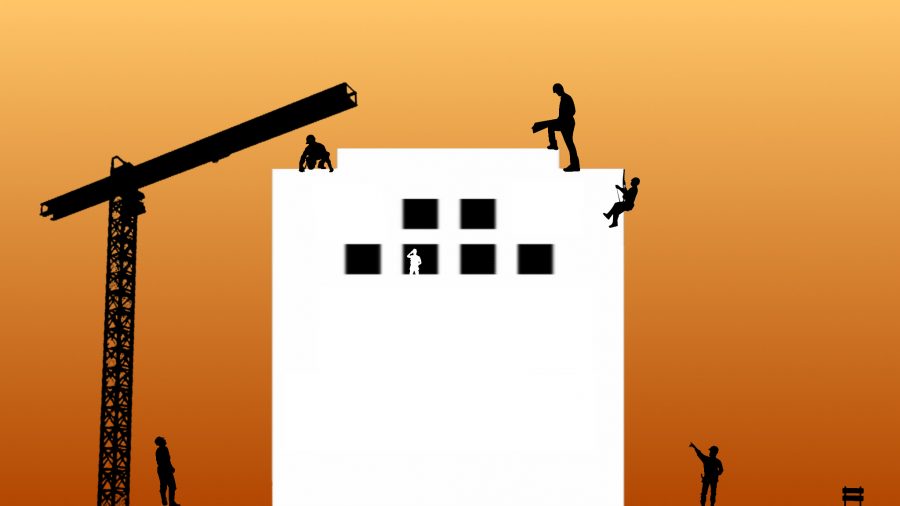Planned MSD renovations nearing end of planning phase
September 26, 2020
In 2014, Broward County voters approved an $800 million bond to be paid through an increase in annual property taxes, in order to help schools across the county update their facilities. The bond project, titled SMART, stands for Safety, Music and Art, Athletics, Renovations and Technology.
SMART projects are underway at almost all of the district’s 233 schools. The district determined the needs of each school and the scope of the projects selected to be completed. The coming renovations to MSD will cost $10.2 million of BCPS’s overall SMART Bond budget.
The SMART Bond program has faced controversy due to delays, increasing construction costs and few projects reaching completion after six years. Despite the original project projection plans, MSD’s renovations are also behind schedule. Current projects are approaching the end of the design phase when they should be in the construction phase based on the district’s original plan.
MSD’s renovations will include a new roof and air conditioning system in every building and a new fire alarm system.
“Renovations to the school will only help to maintain and improve the positive environment for everyone,” English teacher Dara Hass said. “Improvements will help to make our campus and safety better for everyone. Updating rooms will make a more positive environment for students and staff.”
These particular renovations are vitally important overall function of the school. Roof issues and leaks have reached such a critical point that tarps have been placed over some buildings to protect the classrooms below. The tarps can be observed from the neighboring Sawgrass Expressway. Despite the need for these high priority projects, scheduling and working on them are complicated, as students and staff can’t be present when they are being completed.
“As you can imagine, roof work is very loud… It’s very important that we plan it at a time when it’s going to be minimally disruptive,” Principal Michelle Kefford said. “The same thing is true with the AC. We can’t function in this building when there’s no air conditioning on.”
Music and art students will benefit from upcoming improvements as well. The art and music teachers met with the project architects to determine the renovations that will be made to their classrooms. The art rooms will be receiving new flooring, freshly painted walls, and new cabinets and countertops.
“The music and art room renovations will help provide better learning experiences for our students which is very important, to make sure they have the best equipment and best state to do their learning,” Kefford said.
Despite the delays, some projects at MSD have already been completed. The $120,000 weight room renovation was finished on July 26, 2018. In 2017, the music program received $300,000 worth of new instruments. MSD received $1.3 million in technology upgrades, which included new laptops, new servers and racks, and data port upgrades.
The new 1500 building, which began construction in July 2019 and opened in August 2020, was not funded by the SMART program. After the Feb. 14, 2018 shooting at MSD, which left MSD without use of the 1200 building, the Florida Legislature provided $25.2 million to fund the construction of the 1500 building.
Construction on the new building cost $18 million. An additional $700,000 is reserved for the future demolition of the 1200 building, and $1 million is reserved for a future memorial to remember the 17 students and teachers killed in the shooting.
Students returning to school on Oct. 14 for the district’s proposed start of Phase 2 of eLearning, will get to utilize the new 1500 building. Although there is no date set for the completion of the other upcoming projects and renovations to MSD, both teachers and students are looking forward to the finished product.
“I am also most excited about seeing the renovations with everyone,” freshman Amaris Ruddock said. “I think that the renovations will help the school become more appealing, and I can’t wait to see what they have done and how we are going to use it in the future.”













